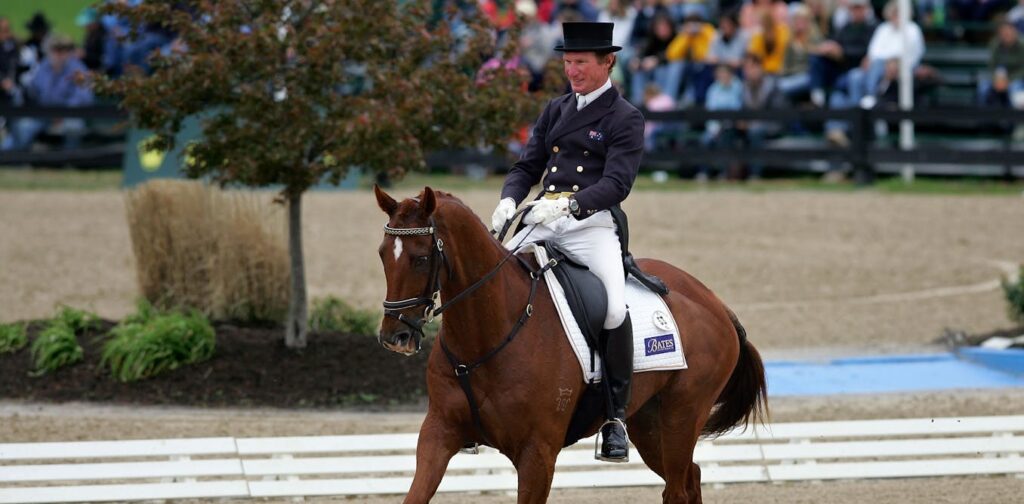
Last week, Equestrian Australia, the peak body for equestrian sports in the country, suspended a prominent member following the release of footage allegedly showing Australian Olympic dressage rider Heath Ryan whipping a horse over 40 times. The incident has reignited debates over the ethical treatment of horses and the use of whips in equestrian sports.
Ryan confirmed his involvement in the footage, which was reportedly captured two years ago. He explained that the horse, named Nico, belonged to a friend who had been hospitalized due to serious injuries inflicted by the animal. Ryan described Nico as “always being a problem child” and claimed the horse was on the brink of being sent to slaughter before he intervened.
The Controversial Footage and Its Implications
The footage shows Ryan mounted on Nico, forcefully whipping the horse. The sounds of the whip cutting through the air and striking Nico’s flesh are clearly audible. Despite Nico’s visible distress, including kicking out several times, the whipping continues. The horse appears “shut down,” a term used to describe when a horse seems unable to comprehend how to stop an adverse experience.
Experts argue that horses, much like humans, experience pain, and the repeated use of whips can cause significant distress. The skin on a horse’s gluteal area, which Ryan targeted, is sensitive and capable of feeling pain similar to human skin.
Historical Context and Previous Incidents
This is not the first time the use of whips in equestrian sports has come under scrutiny. In July 2024, three-time Olympic dressage gold medalist Charlotte Dujardin faced backlash after footage emerged of her repeatedly whipping a horse. The International Equestrian Federation fined her CHF 10,000 (approximately A$18,867) and imposed a 12-month suspension.
More recently, in May 2025, the RSPCA prosecuted trainer Liandra Gray in Australia for striking a horse with a padded racing whip more than 40 times. A Tasmanian court found Gray’s actions constituted cruelty, causing unreasonable and unjustifiable pain to the animal.
Equestrian Australia’s national dressage rules explicitly forbid excessive use of whips.
Ethical Considerations and Consequentialism
Ryan defended his actions by claiming he acted in Nico’s best interest, preventing the horse from being slaughtered and ensuring a future in a loving home. This justification aligns with consequentialism, where actions are judged based on their outcomes. However, this raises the question of what constitutes a “good” outcome and whose standards are being used to judge it.
Critics argue that such justifications reflect a culture that undervalues horses’ needs and treats them as mere tools for human use. Horses are sentient beings capable of suffering, and the relationship between rider and horse is often described as a partnership, though horses have little choice in the matter.
The Science Behind Training and Behavior
Training methods that rely on aversive stimuli, such as whips, are increasingly viewed as outdated and unethical. Scientific evidence suggests that modifying unwanted behavior in horses can be achieved without resorting to violence. The International Society for Equitation Science (ISES) and the Federation of Veterinarians of Europe have highlighted the inefficiency and welfare risks of training methods that induce fear and stress.
ISES has developed a set of 10 principles for training even the most challenging horses without resorting to aversive techniques.
Ryan’s actions, while intended to “salvage” Nico, have sparked calls for a reevaluation of training practices and the role of whips in equestrian sports. As public awareness grows, the pressure mounts on governing bodies to enforce stricter regulations and promote humane treatment of horses.
The incident with Nico underscores the need for change in the equestrian world, emphasizing the importance of ethical training methods that respect horses as sentient beings. As the debate continues, the question remains: will the equestrian community take decisive action to protect the welfare of these animals?







